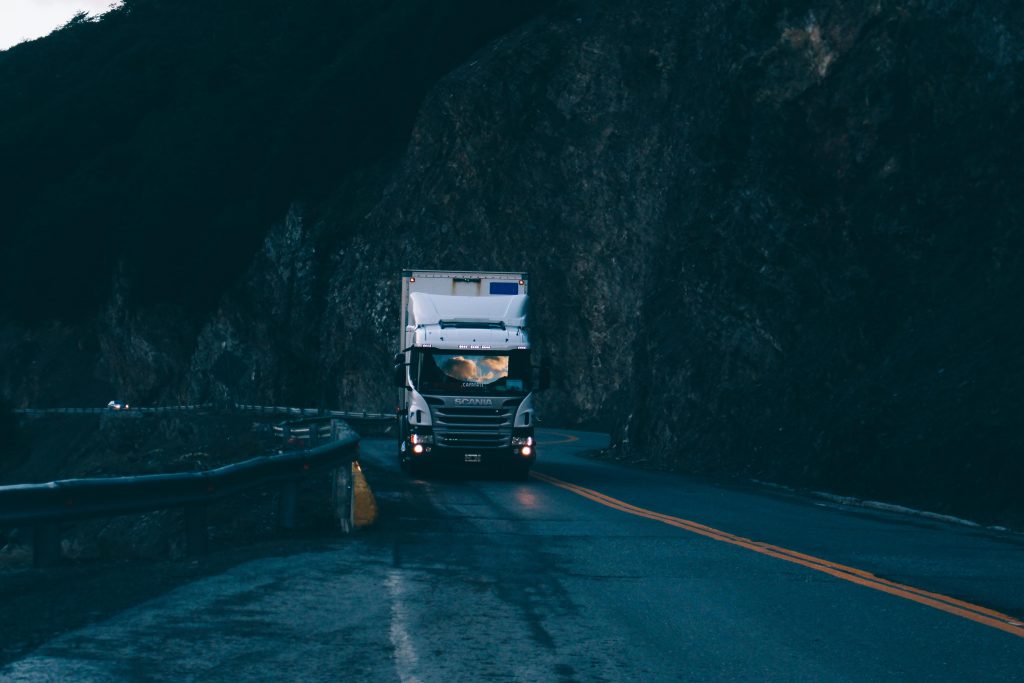by Eric Germes, Farthing West Senior Consultant
We have recently run a study for a client on the practicality of continuously recording temperatures over time in various locations inside a refrigerated trailer while it was operating on its 800 km milk-run in country NSW. The findings confirm what has been noticed overseas in countless studies over the past 10 years.
Most of the time , the stable temperatures recorded at the product level during the trip substantially exceeded (by 2 to 16 degrees Celsius) either the contractual agreements and the relevant industry regulations.
But there is much more to it …
- Cold chain transport typically record temperatures at the cooling unit level only. We have noted that some part of the load might easily experience a 10-15 degrees difference that affects the product over many hours, depending of course on the number of door openings, the road temperature, the sun exposure, the cycle of the refrigeration unit etc…
- Cold chain transport clients typically record product packaging temperatures at the point of delivery using hand held devices. These do not reflect the various highs and lows that happen to affect the product over the 6-8 hours of the transport.
- Some cold chain streams use data-loggers to record the history of temperature fluctuation over time, but that data is typically:
- Either only available when it is downloaded at the end of the trip (and therefore can hardly be used to manage issues in real time, it is used mainly for traceability purposes)
- Or it uses a “sim-card-based” 3-4G solution to be broadcasted to a data centre, but these solutions are very costly (hundreds of dollars per sensor per year), energy hungry (requires heavy wiring for each sensor in the trailer of very frequent battery swaps)
At the end of the day, and because of all these difficulties, most cold chains are not monitored at the product level in real time during transport.
And, as our client experienced with the study, the reality of situation can be very different, quite scary or even borderline frightening…
As of 2017, Farthing West and its partners (Quantum BE, Thinxtra and Sigfox) have come up with a practical solution that is:
- cost effective (ca 1/100 of the cost of traditional SIM card contracts),
- low maintenance (low consumption sensors have a battery life of above 12 months)
- totally wireless (unobtrusive with no wiring required in the trailer)
- easy to implement (simply place or drop sensors in the exact location of measurement, be it on a palette or in a crate of milk or a Gaffer Taped on the ceiling of the trailer etc)
- effective at recording and monitoring (it transmits in real time) multiple locations trailer temperature data that has proven to be the enabler of real time comprehensive cold chain management.
The ultimate conclusion was that without knowing, the client was potentially using an inappropriate vehicle for the task, which initiated a review of the business practise, systems and procedures across a larger portion of the fleet.
